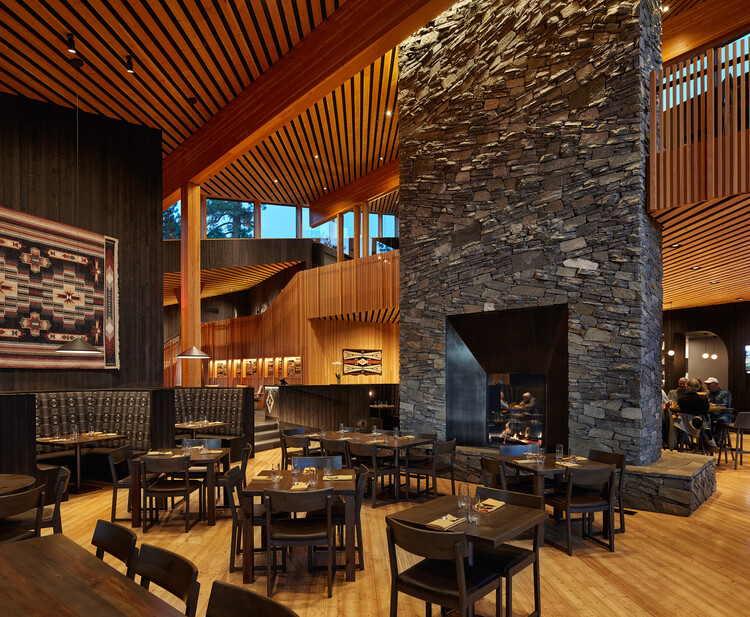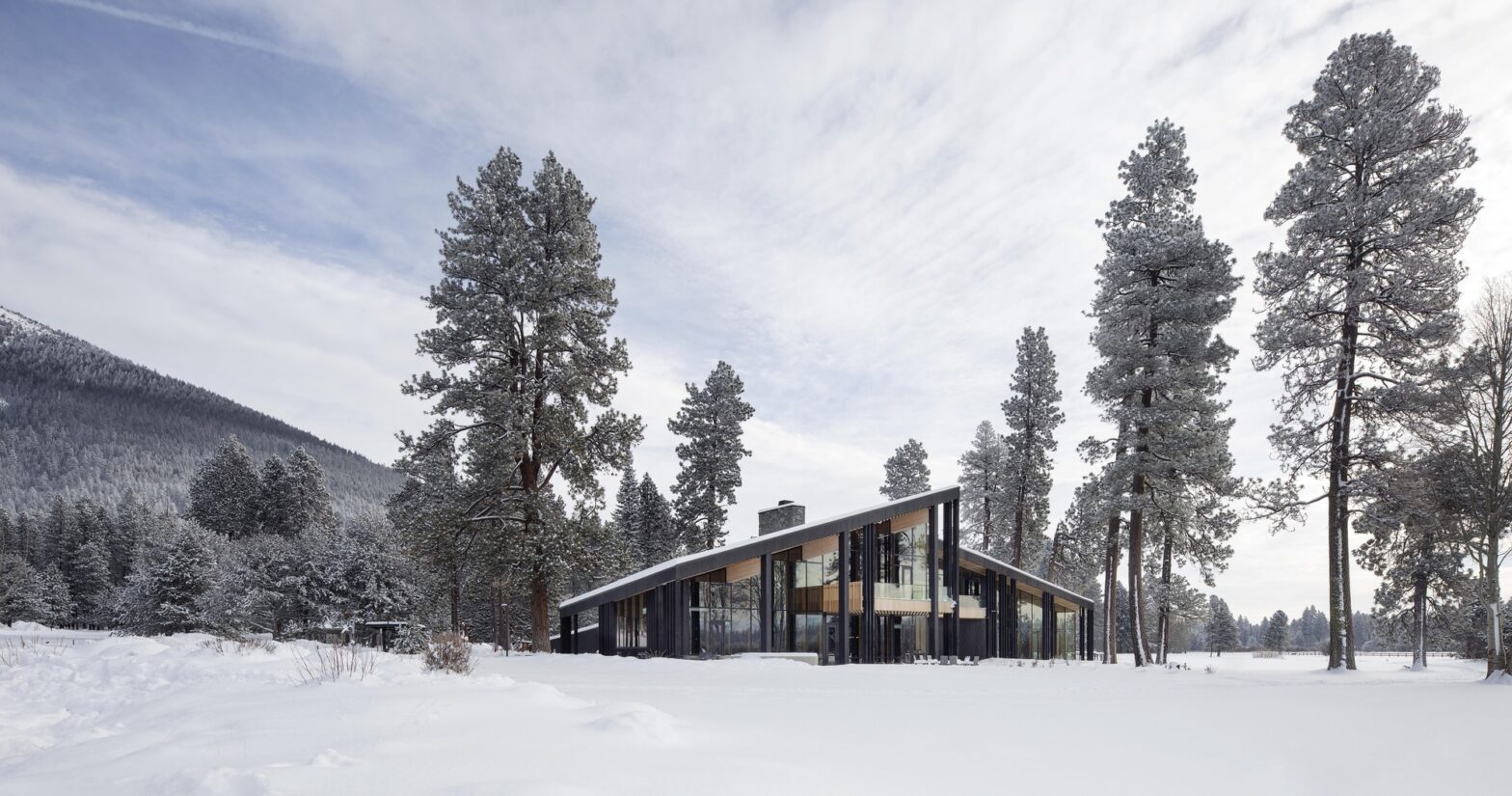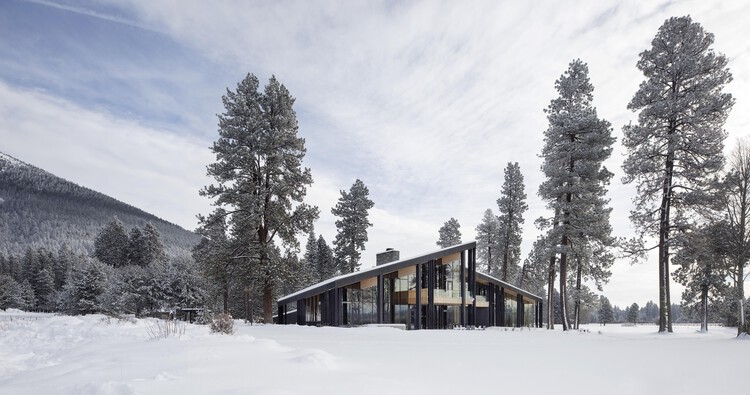
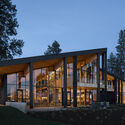
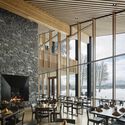
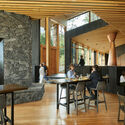
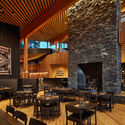

-
Year:
2021
-
Manufacturer: ore, Acucraft and Kleene Sweep, Allied manufacturer, Daikin, VRV system for HVAC equipment, Lambert & Fils, Lucifer, Lumen pulse, Metalux, Moda, Moooi, Pioneer mill, Sierra Pacific Timber Curtain Wall and Direct Glaze Plus
-
Lead architect:
Corey Martin
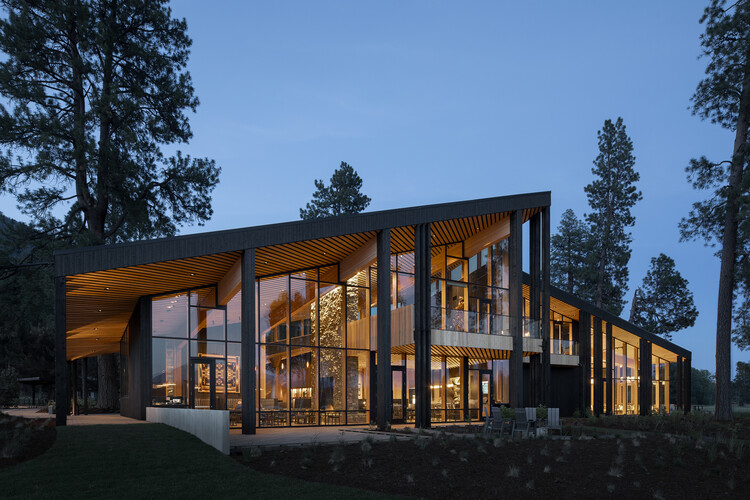
Text description of the architects. Black Butte Ranch was designed and built in the early 1970s and is located at the foot of the Three Sisters Mountains in Oregon's Central Cascades, the gateway to Oregon's high desert from the Central Willamette Valley. The 1,800-acre site is now both a home for year-round residents and a popular vacation destination. The ranch community began a comprehensive redevelopment plan in 2013, and after working with Hacker on the new Lakeside recreation and dining complex (completed in 2016) and a new general store (completed in 2021), the team turned its attention to the resort's 50th anniversary – old lodge. As one of the ranch's original structures, the lodge's iconic historic architecture made it beloved by many, including the Hacker design team. Hacker's analysis found that there were accessibility issues, outdated mechanical systems and an outdated layout, making renovation unfeasible. Once the decision was made to build a new building, Hacker began an extensive year-long outreach process to understand the community's vision and priorities for the replacement.
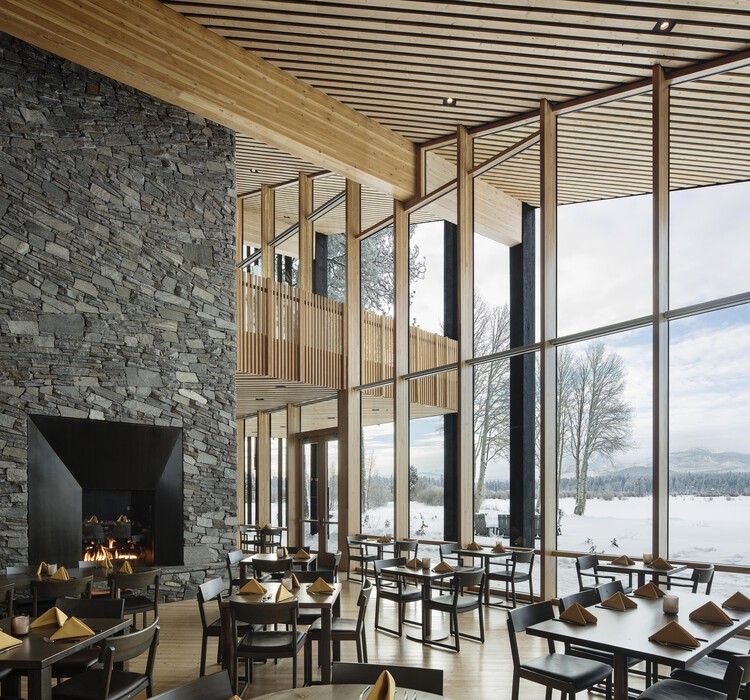
Like Hacker's work on other parts of the ranch, the new structure aims to honor and evolve the design language of the original ranch buildings and enhance the experience of the surrounding landscape through the careful framing and layering of views and sensitive interpretation of regional materials and forms. The interior celebrates the ranch tradition of highlighting wood through its exposed structures and finishes, using contrasting tones of native wood species to create a feeling of warmth and openness. The entire space is centered around a uniquely textured double height stone fireplace that captures the nostalgia of the old lodge in the new. The restaurant's stalls appear to have been carved away in the same way the nearby Metolius River dug puddles into the lava flows below. As much wood as possible was salvaged from the original cabin to create guard rails, privacy walls, furniture and wall paneling. This connection also extends to the outside, where an established pine tree on the site could not be saved and was therefore converted into bespoke tabletops for the restaurant and bar. The exterior is clad in Shou Sugi Ban (charred cedar), a traditional wood treatment that maintains the weathered appearance of the previous building while providing additional durability and connection to the region's typical wildfires. This focus on local resources is also evident in the landscaping, which utilizes drought-tolerant native plants, encourages habitat creation, and celebrates the surrounding environment. Building materials were purchased locally whenever possible, contributing to the lodge's unique architecture while reducing transportation impacts and stimulating the local economy.
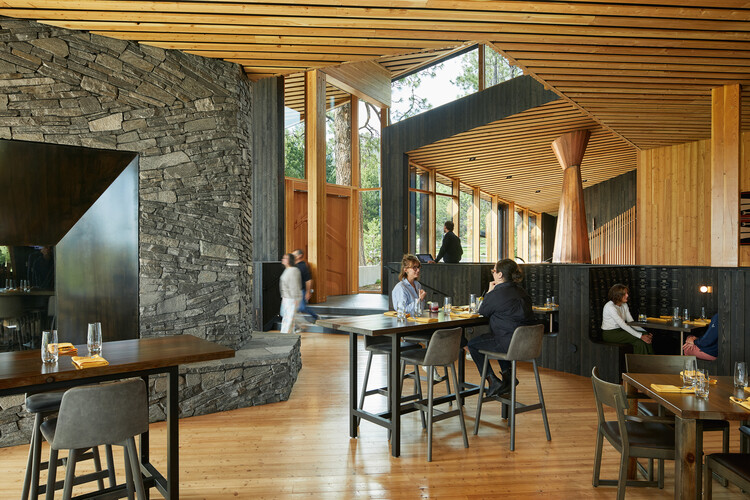
The new 27,000-square-foot building includes twice the space of the existing lodge and is divided into three main areas: public areas, including a restaurant, a bar, a fireplace lounge, an upstairs lounge and bar, a private dining room, an outdoor lounge, a private one Event area with a large event room (divisible into two separate rooms), a large dressing room and meeting room, as well as a state-of-the-art kitchen with expanded catering services, centrally located to meet the needs of the entire facility to do justice.
